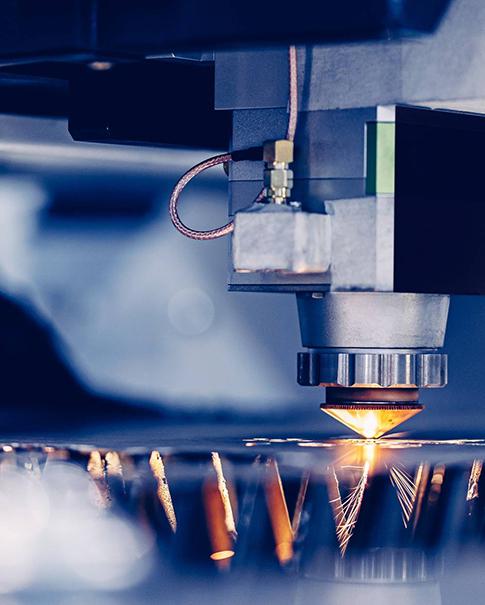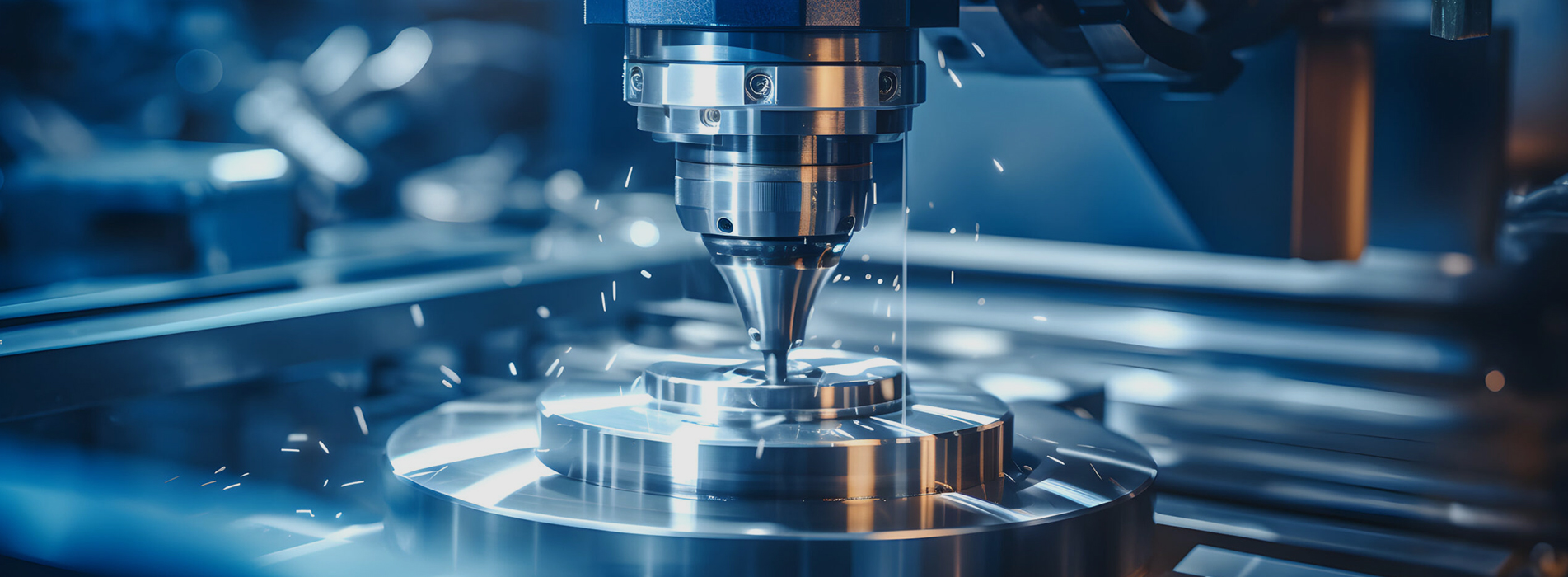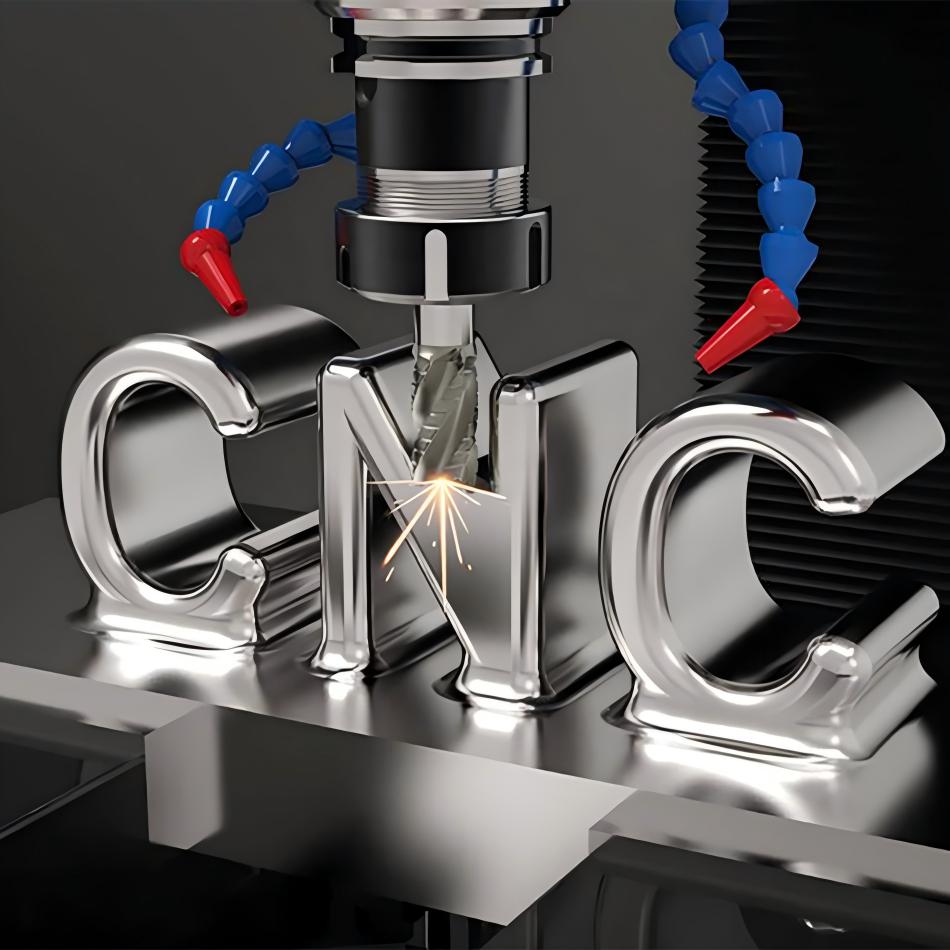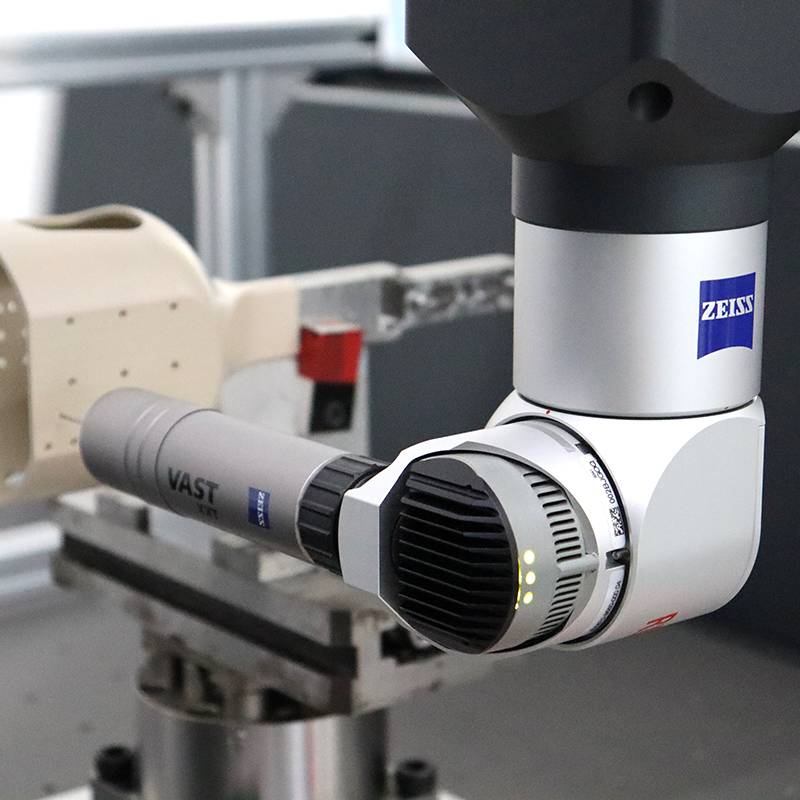What Are You Looking For?
Popular Searches :
micro machining service CNC machined parts custom machining services customized OEM CNC machining custom CNC rapid prototype machining stainless steel parts high precision cnc tuining/milling service custom machining services ISO certified cnc machining Precision Turning Milling Parts Titanium Alloy Machining ServiceWhat Are You Looking For?
Popular Searches :
micro machining service CNC machined parts custom machining services customized OEM CNC machining custom CNC rapid prototype machining stainless steel parts high precision cnc tuining/milling service custom machining services ISO certified cnc machining Precision Turning Milling Parts Titanium Alloy Machining Service
















 SUBSCRIBE TO OUR NEWSLETTER
SUBSCRIBE TO OUR NEWSLETTER






